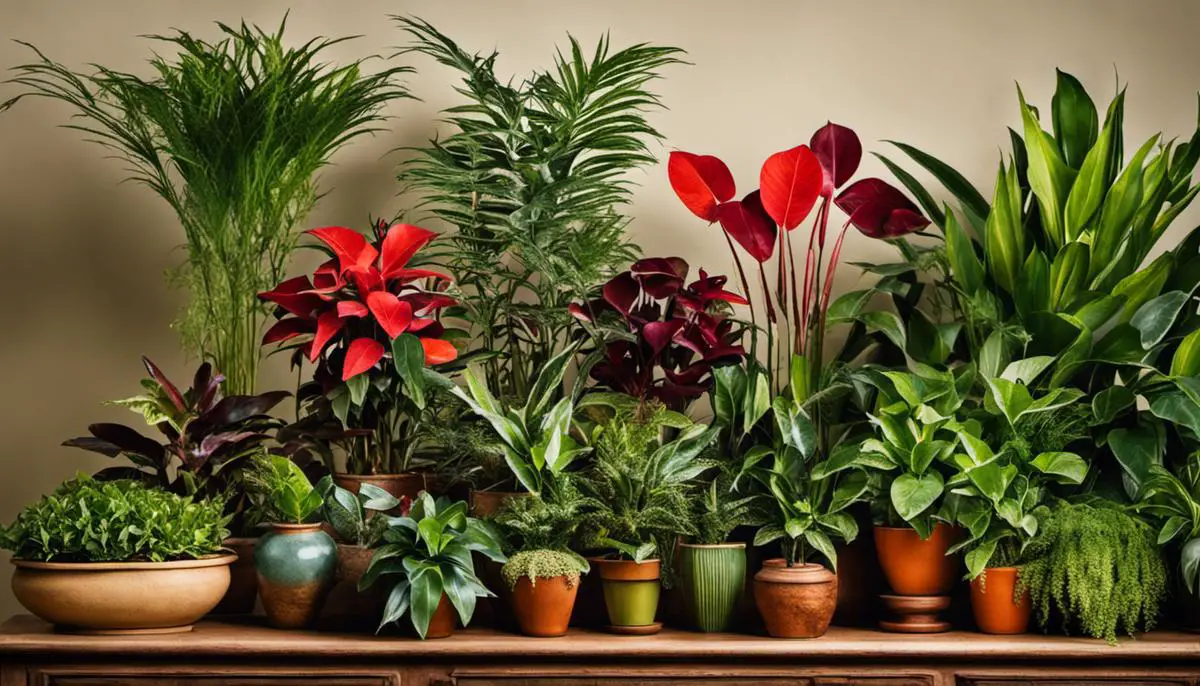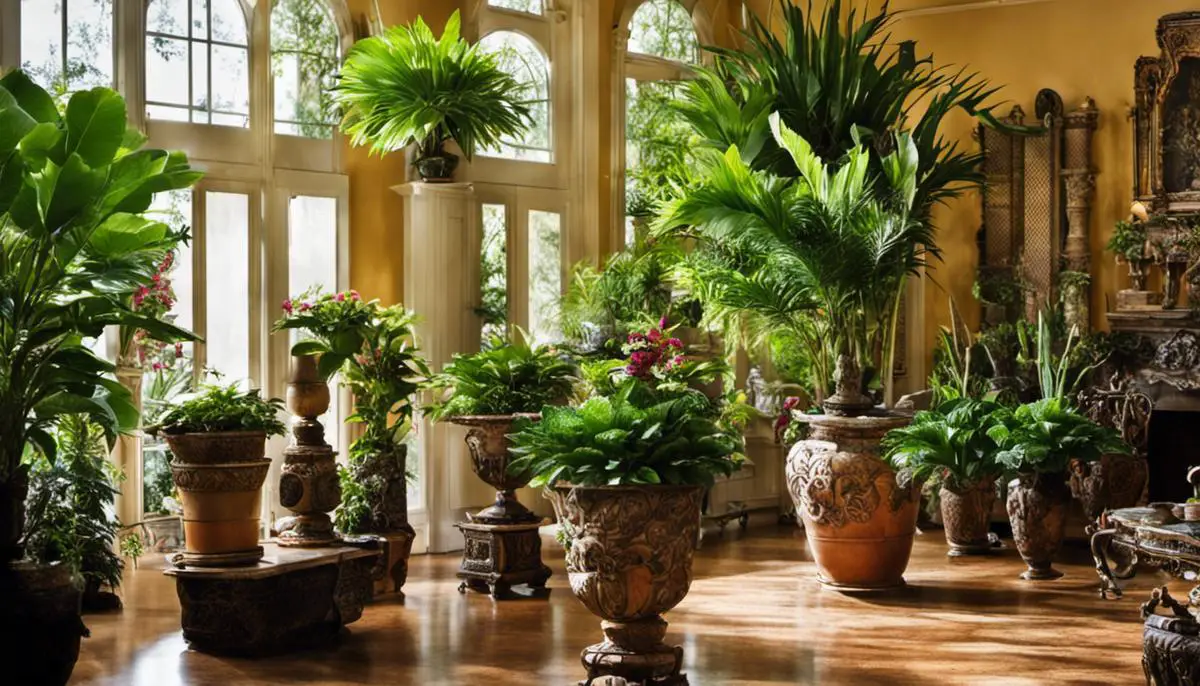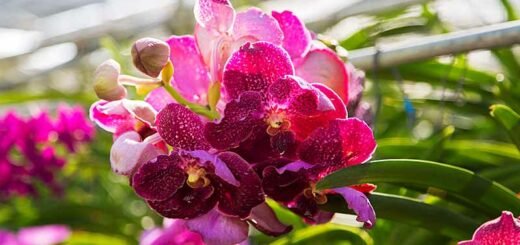The Ultimate Guide to Decorating with Houseplants
In the world of interior design, the versatility and charm of houseplants stand unmatched. These living accents not only breathe life into our spaces but also act as unique decor pieces that reveal our style and personality. Whether you are redesigning your living room or just want to add a touch of greenery to your kitchen, this comprehensive guide delves deep into the understanding and creative use of houseplants. From the basic knowledge of different types of houseplants and their specific needs, to the creative incorporation of these natural beauties into your home decor, every aspect of growing and decorating with houseplants is discussed in detail. So let’s embark on this green journey to transform your house into a vibrant living space that brims with life, color, and good health.
Understanding Houseplants
Understanding Different Types of Houseplants
Houseplants come in a myriad of varieties, each requiring unique care and conditions for optimal growth. Some common types include Ferns, Succulents, Spider plants, Philodendrons and Fiddle leaf figs. In learning about these varieties, you should explore their origin, and their natural environments to understand their basic needs. For instance, succulents are desert plants and therefore require less water and more sunlight, while ferns originate from damp, tropical climates and prefer indirect light and moist soil.
Considering Light, Water, and Temperature Needs
Light, water, and temperature conditions are defining factors in houseplant care. Succulents, for instance, need bright light while Snake Plants can tolerate lower light conditions. Understanding a plant’s natural environment can be key to mimicking its ideal light conditions.
When it comes to watering, overwatering is a common mistake that can lead to root rot. The frequency of watering can depend on the plant species, pot size, and time of year. Generally, it’s best to water when the top inch of soil feels dry to the touch.
The ideal temperature for most houseplants is between 60 and 75°F, a range that typically matches indoor temperatures. Certain types of houseplants, like orchids, might require more specific temperature conditions.
Researching Easiest Plants to Care For
If you are a beginner, it’s usually best to start with plants that are easy to care for, such as the Spider Plant, Jade plant, or Peace Lily. These varieties require moderate light, watering, and humidity levels, making them an excellent choice for new plant parents.
Identifying Health-Beneficial Houseplants
Certain houseplants are known for their benefits to human health. For example, the Snake Plant is known to purify the air by removing toxins. The Aloe Vera plant can be used to soothe skin issues. Spider plants are particularly effective at removing formaldehyde from the air, and English Ivy can alleviate allergies.
Plants for Specific Areas of Your Home
Giving thought to the placement of your plants can enhance their growth and your enjoyment of them. For instance, Snake Plants do well in bedrooms because they release oxygen at night. Ferns, which thrive in higher humidity, would do well in a bathroom setting. If you have a bright, sunny window, that would be an ideal spot for a succulent or cactus.
Caring for Your Plants
In addition to meeting your plants’ basic needs for light, water and temperature control, they will also need feeding. Most houseplants benefit from a general-purpose, water-soluble fertilizer every 2-4 weeks during the growing season. In addition, many plants will thrive better if their leaves are dusted regularly, which can be done using a soft brush or rag.
Caring for houseplants also involves monitoring for and treating any pests in a timely manner. Common pests include fungus gnats, spider mites, and scale insects. Pests can often be controlled using natural methods, like neem oil or insecticidal soap.
Finally, don’t forget the benefits of repotting your plants. Plants will naturally outgrow their pots over time, so keep an eye out for stunted growth or roots poking out from the bottom of the pot. These are signs that repotting may be needed.

Creative Decorating Ideas with Houseplants
Choosing the Right Pot and Plant Combination
The first step in creating a dynamic houseplant display is selecting the right pot and plant combination. Each plant has unique needs in terms of light, temperature, size and root growth. For instance, succulents are better suited in a pot with drainage holes to avoid root rot, while some houseplants prefer self-watering pots due to their constant demand for relatively high humidity. When considering the plant’s size, remember that a small plant in a large pot may lead to overwatering and root rot. On the other hand, a large fast-growing plant in a small pot may be cramped and root-bound. In terms of aesthetics, you want the colors and/or textures of the pots to complement the plant as well as your overall interior design aesthetic.
Arranging Your Houseplants
When arranging your houseplants, create groupings by playing with height and density. Combine tall and short plants, and mix plants with different leaf shapes and sizes to create visual interest. Make sure each plant has enough space for light to get through. To make the arrangement more dynamic, consider elevating some plants on stands or pedestals.
Layering Houseplants
Layering involves arranging plants at different heights to create a feeling of depth and dimension. You can do this by using plant stands, hanging plants, plant hangers, and floating shelves. However, make sure to consider light requirements – plants that require more light should be placed on the more elevated layers or those that are closer to natural light sources.
Creating a Focal Point with Plants
Like any piece of art or furniture, plants can also act as a room’s focal point. You can use a singular, stunning plant like a large fiddle leaf fig or a group of plants to create a green wall or a plant corner. Place these focal plants in a spot where they are highly visible and have good access to their specific lighting needs.
Making Use of Unique Spaces – Bathrooms and Kitchens
Bathrooms and kitchens with ample light can be wonderful places for the right plants. Humidity and temperature are key factors in these spaces. Ferns, prayer plants, orchids, and pilea are some plants that thrive in bathrooms due to the high humidity levels. In the kitchen, herbs like rosemary, parsley or basil not only can tolerate the heat but also be functional as cooking ingredients.
Creating a DIY Plant Shelf or Terrarium
DIY plant shelves are a great way to display your plants vertically, especially if space is a constraint. Simply install open shelves on any free wall and arrange your plants on them, considering the light conditions of course.
A terrarium is essentially a miniature transparent greenhouse. You can incorporate houseplants, mosses, and rocks to create a little enclosed eco-system. Glass jars, fish tanks or vases work well. Select small, slow-growing, humidity-loving plants for your terrarium, such as nerve plants, baby tears or some variety of ferns.
Remember, the joy of decorating with houseplants is to see them grow and thrive. So, always consider the plants’ needs first when choosing the right spot, pot and decor strategy.

Embracing houseplants in your home decor not only satisfies your aesthetic craving but also seeks to nurture a deeper connection with nature. The journey doesn’t stop at just understanding and growing houseplants, it’s a continuous process of learning, evolving and experimenting with striking plant displays, innovative arrangements, and appealing plant-pot combinations. Rememberable decor is not just visual but appeals to all senses and nothing can beat the fresh aroma, vibrant colors, and therapeutic benefits of houseplants. No matter which design scheme you subscribe to; minimalist, bohemian, or traditional, there is always a place for houseplants. So go ahead, let your imagination run wild, design your heartfelt green spaces, and watch as they transform into an oasis of peace, vitality, and wellness.



